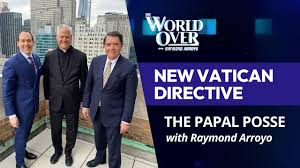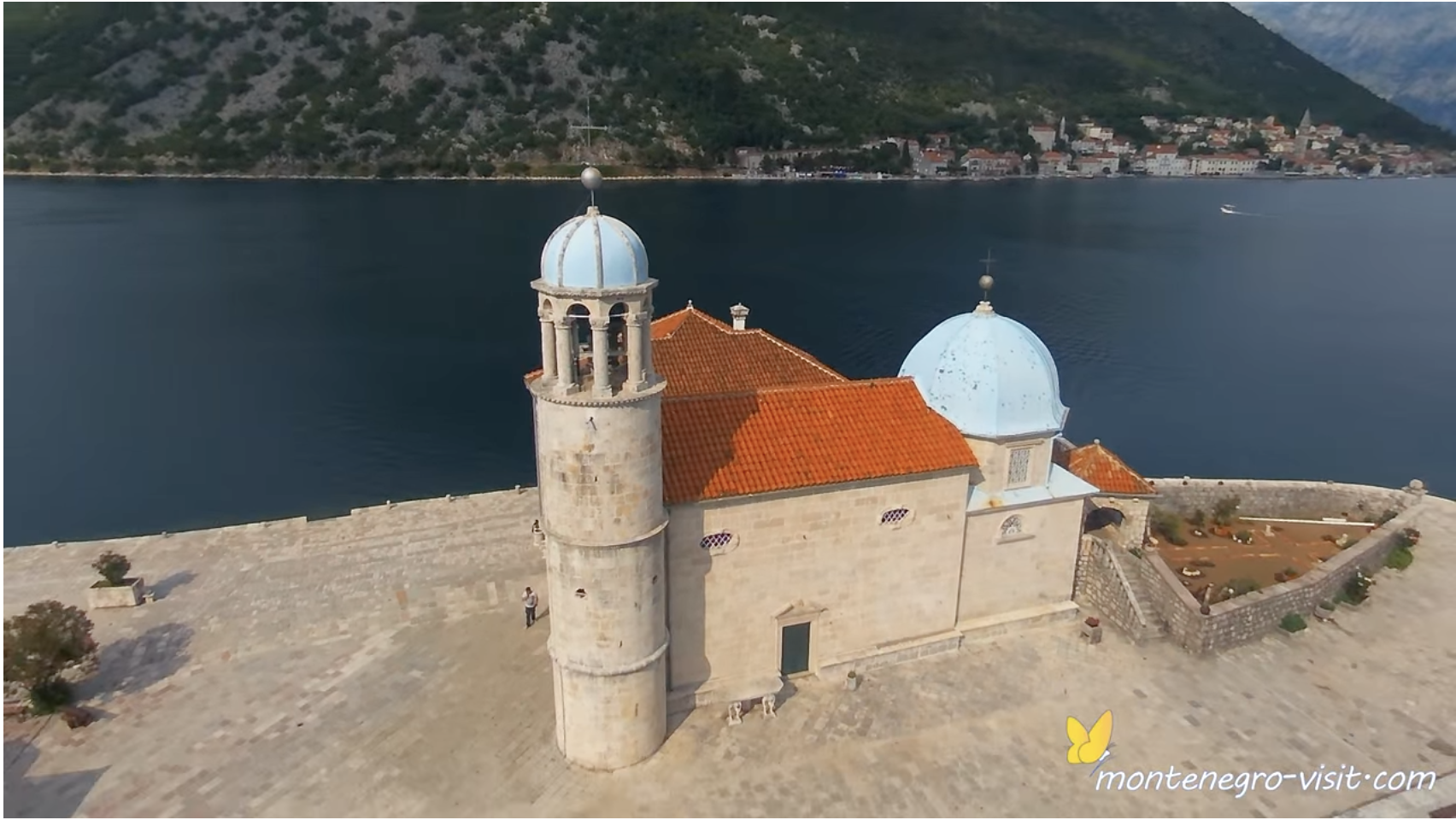Historically, Catholics have been a pivotal swing vote that has determined outcomes in numerous national, state, and local elections. In the close contest of 2012, they are likely to make the difference of who will be sworn in as president on January 24, 2013.
During the nineteenth century and the early decades of the twentieth, the Democratic Party endorsed several key Catholic social principles, simultaneously appealing to Northern urban Catholic immigrants and Southern agrarian Protestant nativists. Then in 1928, the first Catholic Democrat presidential candidate, Alfred E. Smith, brought out Catholic immigrant voters in record numbers.
Smith carried America’s those largest cities by a plurality of 38,000, whereas the 1920 and 1924 Democratic presidential candidates lost those cities by 1.6 million and 1.2 million votes respectively. Most importantly, the inner-city Catholic voters started a new shift in the balance of political power in the United States.
Franklin Delano Roosevelt recognized the importance of those votes, and they became the basis of his coalition. FDR was elected four times with the strong support of Roman Catholics, who were basically supportive of the New Deal programs. In 1948 his successor, Harry Truman, running on an anti-Communist platform, received about 80 percent of the Catholic vote and won with 49.5 percent against Dewey’s 45.2 percent overall. Catholics took great pride in their anti-Communism; it made them feel more part of the mainstream in America in fighting that battle.
In the 1960 presidential race, the nation’s second Catholic Democratic presidential nominee, John F. Kennedy, was saved by the Catholic urban vote in the rich electoral states of the Northeast and Midwest. In these regions, he carried over 80 percent of the Catholic vote.
As Michael Barone has argued, Kennedy “split the nation along religious lines, which is to say cultural lines, not along lines of economic class.” Put another way, Kennedy’s election was not a victory for liberalism. It was a victory for Catholicism.
But the Democratic Party also started to emerge as the home for ambitious social engineering. Its cultural elitism and contempt for blue-collar Catholic workers and their values engendered a new generation who approached those voters with an attitude of “noblesse oblige,” of moral self-righteousness, sometimes of outright arrogance.
As a result, in the late 1960s there was a shift in the Catholic vote. Catholics turned to Republicans who were socially conservative, supportive of the New Deal programs, but critical of the Great Society. They became known as Nixon and Reagan Democrats. And since 1972, every White House winner has carried a majority of the Catholic vote.
Bill Clinton’s 1992 campaign focused on Catholics, particularly Hispanics and Catholics living in areas hard hit by the recession. This selective strategy worked. Clinton won with a plurality of only 43 percent of the vote by carrying heavily Catholic states in the Northeast and Midwest.
Almost 3 million Catholic voters deserted Bush in 1992 – mostly nonpracticing “cafeteria” Catholics. Clinton in 1996 and Al Gore in 2000 carried cafeteria Catholics by wide margins; practicing Catholics voted for Republicans.
In 2004, President George W. Bush’s camp was willing to concede the cafeteria Catholics, but not practicing or Hispanic Catholics. To appeal to thesegroups, Bush reversed pro-abortion executive orders, proposed faith-based initiatives and limits on stem-cell research. He also signed into law a ban on partial-birth abortion.
As a result, Bush carried an outright majority of Catholics over Sen. John Kerry, a baptized Catholic.
In 2004, practicing Catholics were the decisive factor in several swing states. In Ohio, for instance, 65 percent of them voted for Bush, and in Florida the president’s support from practicing Catholics reached 66 percent. Working-class Catholics, many of whom were of Eastern European origins, stuck with the president because they agreed with him on cultural and moral issues. These issues were more important to them then their economic woes.
Even in Kerry’s home state of Massachusetts, one of America’s bluest states, there was a significant shift in the Catholic vote. In 2000, Catholics for Bush totaled 32 percent of the state’s electorate; in 2004 his total was 49 percent. In raw numbers this increase represented 166,000 additional Catholic votes for Bush in Massachusetts (622,000 versus 456,000 in 2000).
In the election of 2004, Catholics were part of a growing voting population who considered the moral and cultural issues the most important factor in their choice: 22 percent of the voting population in 2004. The power of this block explains in part the increased support for George Bush as well as the overwhelming opposition to same-sex marriages in eleven state referenda.
In 2008, Hillary Clinton’s strategy to paint Obama as an out-of-touch elitist who could not relate to the concerns of blue-collar Catholics paid off. In the Rust Belt states, she carried these voters by huge majorities – 70 percent in Pennsylvania.
In the 2008 general election, however, Barack Obama, despite being the most extreme pro-abortion presidential candidate in American history, managed to carry 55 percent of the generic Catholic vote. Pro-life Republican Senator McCain received 45 percent of the generic Catholic vote, 52 percent of church attendees, and 32 percent of the Hispanic vote.
In the rust belt states of Pennsylvania, Ohio, and Indiana, many practicing Catholics simply stayed home. The state of the economy angered many who did not support Obama, but remained unmoved by McCain. These GOP losses, among Catholics, were self-inflicted. The McCain campaign failed to paint a vivid and appealing social and economic vision for America.
Two years later, in the 2010 mid-term elections, Catholics changed direction: 53 percent voted Republican. They provided the votes needed to defeat one Congressional Democratic incumbent in Indiana, and four each in Ohio and Pennsylvania. Flipping these closely-contested seats was the sine qua non of the GOP master plan to retake the House, and Catholics provided the margins of victory.
Twenty pro-abortion Catholics did not return to the House in January 2011, including three members of the infamous Stupak Five who caved in on Obamacare: Stupak (D-Michigan), who retired, and Steve Driehaus (D-Ohio) and Kathy Dahlkemper (D-Pennsylvania), who were defeated by pro-lifers.
In the 2008 election, Barack Obama received the highest percentage of votes cast for a Democrat (52.9%) since Lyndon Johnson‘s (61.1%) victory over Barry Goldwater in 1964.
Recent polls, however, indicate that many of his vote totals, particularly in the nation’s heartland and several southern states, were an aberration – as they were in 1964. A study commissioned by the Pew Research Center and released on August 23, concluded that many white middle class and blue-collar voters, particularly Catholic ones, are trending back toward the GOP. My analysis of the toss up states with large Catholic voting populations confirms these trends.
|
|
2004
|
2008
|
2012
|
||||||
|
|
R
|
D
|
I
|
R
|
D
|
I
|
R
|
D
|
I
|
|
Total Catholic
|
42
|
50
|
8
|
37
|
53
|
9
|
44
|
47
|
9
|
|
White Catholic
|
47
|
45
|
8
|
41
|
49
|
9
|
50
|
41
|
8
|
|
Hispanic Catholic
|
31
|
61
|
9
|
25
|
66
|
9
|
28
|
63
|
9
|
Political analysts agree the fall presidential race will be determined primarily by the economically-depressed rust belt states of Pennsylvania, Ohio, Michigan, Indiana, and Wisconsin, where aging Catholics are disproportionately represented. Their numbers are higher than in other states because their children and grandchildren – many of whom are non-practicing “cafeteria” Catholics – have moved to more economically prosperous regions.
Most of these working class Catholics subscribe to traditional Judeo-Christian principles, live them in their daily lives and expect the same of public officials. Their beliefs mean more than material gain and transcend economic issues.
And in a close election, these Catholic voters, who cast their ballots according to cultural standards still matter. It is they who will determine which man will be sworn in as president on January 20, 2013 – just as they have in every election since 1972.
1972 Nixon 52%
1976 Carter 57%
1980 Reagan 47%*
1984 Reagan 61%
1988 Bush 51%
1992 Clinton 44%*
1996 Clinton 54%
2000 Bush 51%
2004 Gore 52%
2008 Obama 55%
*Plurality Victory
.jpg)















